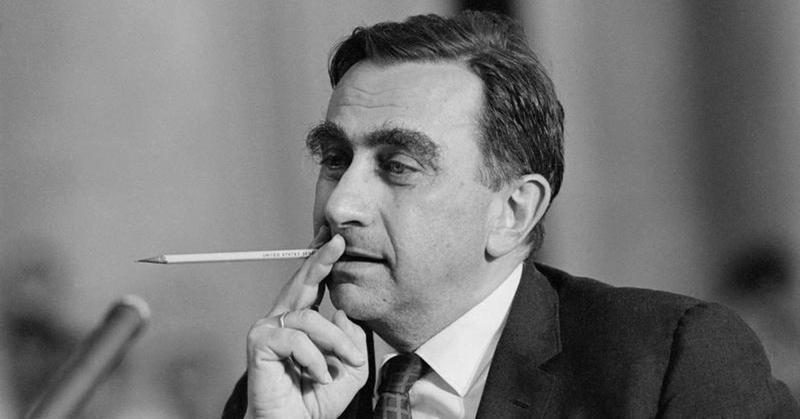Edward Teller: The Actual Dr. Strangelove
By | August 3, 2022

Born in Budapest, Hungary on January 15, 1908 to Jewish parents, Edward Teller went on to become one of the most influential theoretical physicists of the 20th century. In 1926, he graduated from the University of Karlsruhe in Germany with a degree in chemical engineering before going on to the University of Munich to study physics. While in Munich, the young Teller fell while trying to hop off a moving streetcar, and his leg was crushed so badly that his right foot was nearly severed. He survived but had to use prosthetics and walked with a limp for the rest of his life.
He quickly weaned himself off painkillers, however, as he needed a crystal-clear mind for his work on the hydrogen molecular ion, on which he wrote his doctoral thesis under the instruction of Werner Heisenberg at the University of Leipzig. At that time, Germany was the center of theoretical physics, and Teller spent a few years among some of the most cutting-edge work being done in the field, but as Hitler grew in power, he and other notable Jewish scientists felt forced to flee for their own safety. Eventually, Teller moved to the United States, where he gained citizenship.

Teller made his greatest impacts on the world during World War II, when his expertise moved him to work in the development of atomic weapons. In fact, it was Teller who drove Leo Szilard to Albert Einstein's house for the famous signing of the letter urging President Roosevelt to make the bomb in the first place, as its theoretical existence had not become widely known outside the scientific community. Teller then worked alongside Enrico Fermi to produce the first ever chain reaction and then joined the Manhattan Project, directed by fellow physicist J. Robert Oppenheimer. During the Project, however, Teller seemed more fixated on the idea of a more powerful hydrogen fusion bomb, despite the fact that the still-undeveloped atomic bomb was needed to set it off.

After the war, Teller was still enthusiastic about his vision of an even greater weapon but received some pushback from more powerful figures like Oppenheimer, so he was more than happy to testify against him in his infamous 1950s trial, which stripped him of his security clearance and head position in the Atomic Energy Commission. On November 1, 1952, the first hydrogen bomb was successfully detonated on the Eniwetok Atoll in the Marshall Islands. Later designs were estimated to be a thousand times more powerful than the atomic bombs used during the Second World War. Teller was an influential catalyst throughout the Cold War, ever insistent that the United States must have more numerous and more deadly designs than any Communist nation as a means of national security, and during the Regan administration, he created defensive systems that might prevent successful strikes on America.
For his nuclear zeal, it has often been suggested that he is the basis of the titular character in Stanley Kubrick's 1964 film Dr. Strangelove Or: How I Learned To Stop Worrying And Love The Bomb, which Teller seemed to despise, as he was once quoted, "My name is not Strangelove. I don't know about Strangelove. I'm not interested in Strangelove. What else can I say? Look. Say it three times more, and I throw you out of this office." He died in 2003, only a few months after receiving the Presidential Medal of Honor from George W. Bush.

